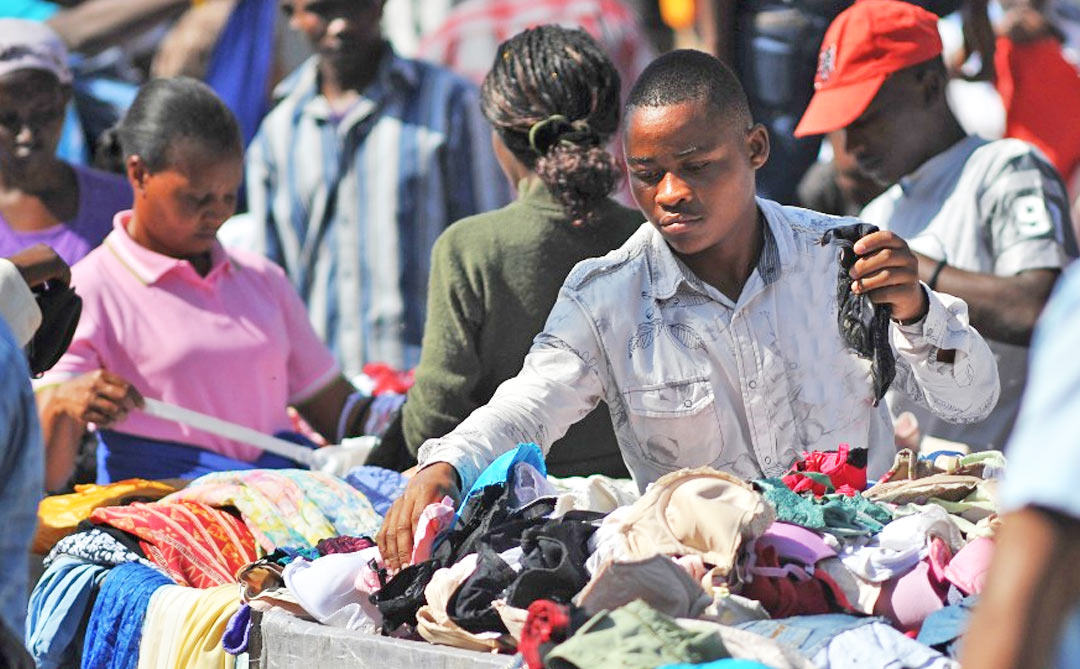The used clothing trade supports hundreds of thousands of livelihoods in developing countries. These include jobs in trading, distributing, repairing, restyling, and washing clothes. It also provides low-cost clothing for people living in poverty. At the same time, however, there are concerns that the trade may be undermining local textile and garment industries, and livelihoods in some developing countries. The trade has clear consumer benefits. This is especially true in countries with low purchasing power, and for poorer consumers, though in many sub-Saharan African countries it seems that almost all socio-economic groups are choosing to buy Second-hand clothing. For example, over 90 per cent of Ghanaians purchase Second-hand clothes. Affordability is the key reason why people buy these goods. Fashion and consumer preferences also seem to be shifting away from traditional, ‘African’-style to more ‘Western’-style clothing. The second-hand clothes sector has grown into an important economic factor which provides a living for more than a hundred thousand people. Added to this is the fact that second-hand clothes enjoy a high degree of acceptance in both countries and among all social strata. In many African countries, an estimated 60 to 80 percent of clothing is bought second-hand. Of course, that’s a good thing because people don’t need much money to purchase niche clothing.
Zoi International has an established efficient network of procurement and sale of the used clothing and finished products in countries like Uganda, Kenya, Tanzania, Mozambique, Zambia, Namibia and are ever-growing our business.
Conclusions: The Second Hand Clothes trade
- Is a dominant feature of the clothing market in many sub-Saharan African countries (though it is gradually declining as a share of total African imports as cheap new imports are on the rise).
- Have clear consumer benefits. This is especially true in countries with low purchasing power, and for poorer consumers, though in many sub-Saharan African countries it seems that almost all socio-economic groups are choosing to buy Second Hand Clothes, and consumption patterns generally have shifted away from locally tailored goods to imported goods (either Second Hand Clothes or new).
- Supports the livelihoods of hundreds of thousands of people in developing countries who work in trading, distribution, repairing, restyling, washing, etc.
- Is thought to be a factor in undermining local textile/clothing production, and employment, along with other factors such as new imports, supply-side constraints, etc.
- Probably displaces new exports from third countries, especially in Asia. It is hard to say how many, but if all SHC goods were replaced by new imports (rather than being replaced by production in the destination country
- Is mainly informal, poorly regulated, and in some instances has facilitated considerable customs fraud as new clothing imports are passed off as used clothing.





